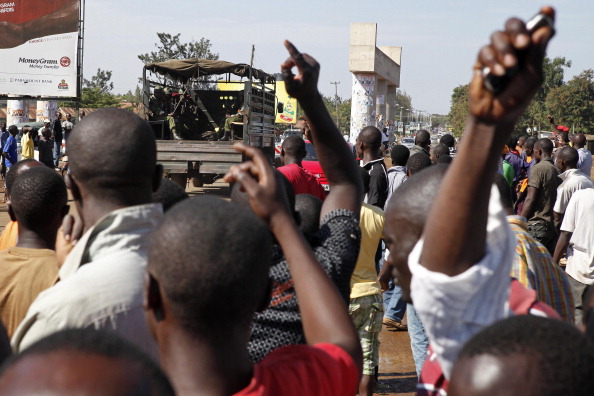
One of the recurrent challenges associated with utilizing social media outlets to report and monitor a situation during a period of time when ground events may or may not be rapidly developing (such as in Kenya): the situation is often times much more complex than 140 characters can convey, and the incorrect use of just a few words, could easily become an overflow of ingredients to an already bubbling human rights situation (Photo Credit: Till Muellenmeister/AFP/Getty Images)
Like many others, I have been closely watching the Kenyan elections. In fact, these elections may be the most “watched” elections ever. I am not necessarily talking about observers on the ground. Digital tools, including social media outlets, have greatly enhanced remote monitoring capability, and have emerged as a major component in the Kenyan elections.